| Sphagnum Mosses | Large Heath Butterfly | Skylark | ||
| Sundew | Water Scorpion | Snipe |
Trees
![]() Top of page
Top of page
| Birch is a tall graceful tree with deciduous leaves, growing to a height of 30 m. The trunk of the birch has a thin peeling bark. It is native to Britain and to west and central Ireland. |  |
 |
Elm is a tall, deciduous tree growing to a height of 30 m. It is uses for its timber and its bark from which certain dyes can be made. It is common in North and West of Britain and Ireland. |
 |
Bog Cotton with its distinctive white, fluffy head can be found throughout the boglands of Ireland. On marshy upland bogs you will see bog cotton grass throughout the summer and autumn months. |
| Bul Rush a large type of glass like plant found all over the world. It can grow as large as 9ft tall in shallow waters. |  |
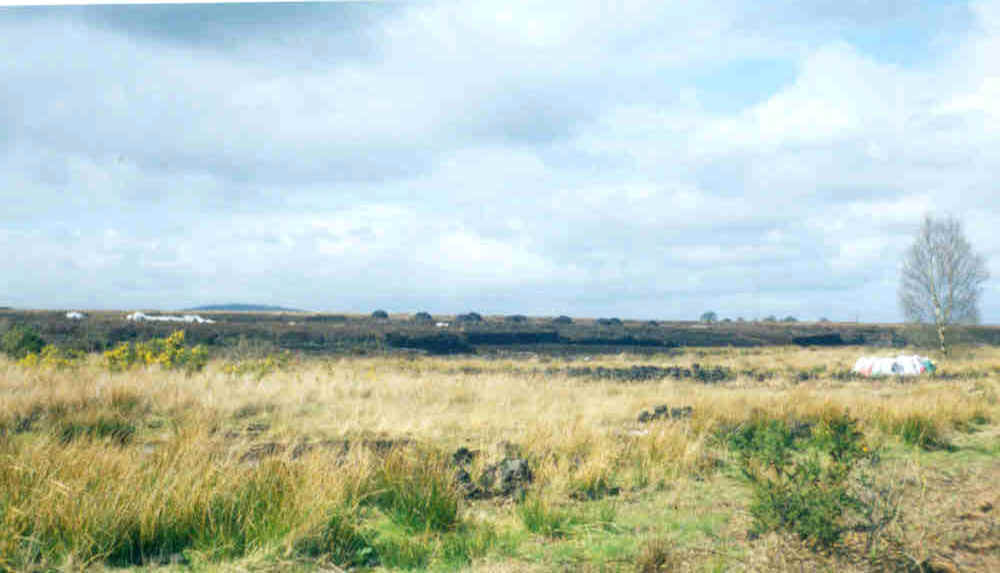 |
Common Reed is a type of tall grass that grows in wetland throughout the world. In Ireland common reed was traditionally used in the making of St Bridget's Crosses. |
| Heather is a hardy evergreen shrub, the small purple flowers grow in long dense clusters and bloom in late autumn. It is commonly found in areas of poor soil quality. | 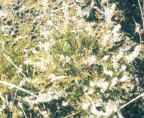 |
 |
Irish Heath has small needle - like or narrow leaves and manly yellow flowers. The heath plant grows slowly but can be seen through our boglands as it covers large areas. |
| Purple Moor Grass occur on poorly drained, usually acidic soils in lowland areas of high rainfall in western Europe. T he purplish flowers are attractive all summer. | 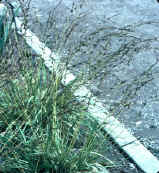 |
| Sundew: the leaves are covered in sticky hairs, small insects stick to the gland tips, or hairs, on the leaves. The plant then has these for lunch. |  |
 |
Hare is a mammal that is native to Ireland. The hare is often confused with the rabbit but we can easily tell them apart as the hare has much longer ears, a short tail and very long limbs and feet. |
| Otter is a shy water animal seldom seen. However you may find its footprints in the soft bank of rivers or lakes near bogs. They have short limbs, webbed feet and a bushy tail.They mainly Eat fish. | 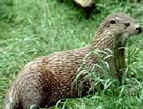 |
Large Heath Butterfly |
Many species of butterflies are found throughout the Boglands of Ireland. |
| Water Scorpion are not scorpions at all but are a predatory insect found commonly in slow moving water. They have long legs and a thin body and are confused with walking sticks by some people. Water scorpions do have wings and occasionally fly but are seldom seen doing so. They are often found among vegetation. |  |
 |
Kestrel are members of the falcon family. They hunt for food by flying over the bogland and hovering with their wings in search of prey such as insects, frogs and small rodents (mice and rats). |
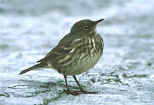 |
Meadow pipit can be seen searching for seeds and insects on open ground of the boglands. |
| Snipe is approximately nine inches in length with a very long straight bill , stocky short-legged and pointed wings. It is found primarily in marshes and wetlands . | 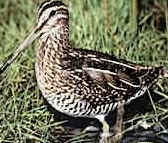 |